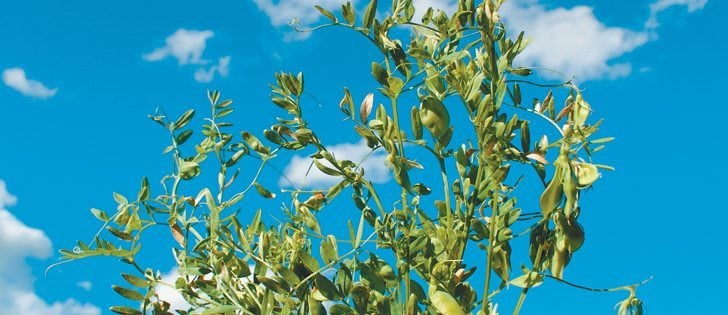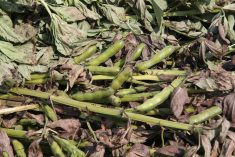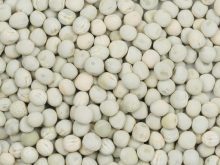Market outlook | Delegates to CSCA meeting favour green lentils; prices expected to surge in world markets
The Canadian Special Crops Association allowed delegates to weigh in on the pulse market outlook at this year’s convention.
Delegates used electronic voting gadgets to indicate whether they were bullish, bearish or neutral on the price outlook for peas, lentils and chickpeas.
The informal poll showed they were slightly bearish for yellow peas and red lentils, quite bearish on green peas, extremely bullish on green lentils and largely neutral for kabuli and desi chickpeas.
The results meshed fairly well with what Greg Kostal had to say in his pulse outlook presentation.
Read Also

Critical growing season is ahead for soybeans
What the weather turns out to be in the United States is going to have a significant impact on Canadian producers’ prices
“I think green lentils are going higher,” he told some of the 482 delegates attending the annual conference.
He is particularly bullish on large green lentils due to back-to-back years of reduced acreage.
Kostal said one-third of the lentils grown in Western Canada are planted in the waterlogged region of eastern Saskatchewan and western Manitoba. There will be 10 to 20 percent yield loss in some of those areas.
He is forecasting 550,000 tonnes of large green lentil production, down from 650,000 tonnes last year.
If there are any other production hiccups in Canada or elsewhere around the world, large greens could easily move up $100 per tonne, he said.
In fact, Kostal would not be surprised if large green prices surpassed red lentil prices in 2014-15.
He anticipates a record 1.3 million tonnes of red lentils, up from one million tonnes from last year. But the big supply will be matched by huge demand.
“I think there’s enough of a demand base for prices to move higher,” said the president of Kostal Ag Consulting.
Turkey had a dismal harvest of about 300,000 tonnes of red lentils, down from the recent average of about 400,000 tonnes.
India’s crop didn’t fare much better at an estimated 600,000 tonnes, down from the traditional range of 900,000 to one million tonnes.
Having two major buyers with disappointing crops will counteract the large anticipated Canadian supply.
“These (new crop) prices in the low 20s in my opinion are going to revisit the 25 to 26 cents mark in the old crop domain,” said Kostal.
The outlook for peas isn’t as rosy. Green pea prices are expected to struggle with an estimated 850,000 tonnes of production, up from 530,000 tonnes last year.
Yellow peas are also facing headwinds due to stiff competition from the former Soviet Union and Indian chickpea prices that are comparable to Canadian yellow pea prices.
“But I think there is enough layered consumptive demand to prevent a train wreck,” said Kostal.
Growers are expected to produce 2.9 million tonnes of yellow peas, down from 3.3 million tonnes last year.
Kostal believes yellow pea prices will flounder in the short-term as Black Sea exporters ramp up their sales programs due to sagging wheat and cereal grain prices but then stabilize and remain flat.
He thinks growers will be motivated to move peas off the combine with prices in the $6.25 to $6.50 range compared to $5 spring wheat.
“The carryout should remain respectable, but I believe it’s going to be a higher ratio of greens to yellows,” said Kostal.
Chickpea prices are expected to remain flat given plentiful world supply.
However, forecasts for an El Nino could change that outlook. World Weather Inc. expects northwest India to receive less than 70 percent of its normal monsoon rainfall and that’s where most of the chickpeas are grown.
Chickpea production in Turkey and Pakistan is also expected to be down, but Mexico and Australia are likely to have big crops.
Kostal said about 40 percent of Canada’s chickpea crop is grown in the soggy region of the Prairies.


















